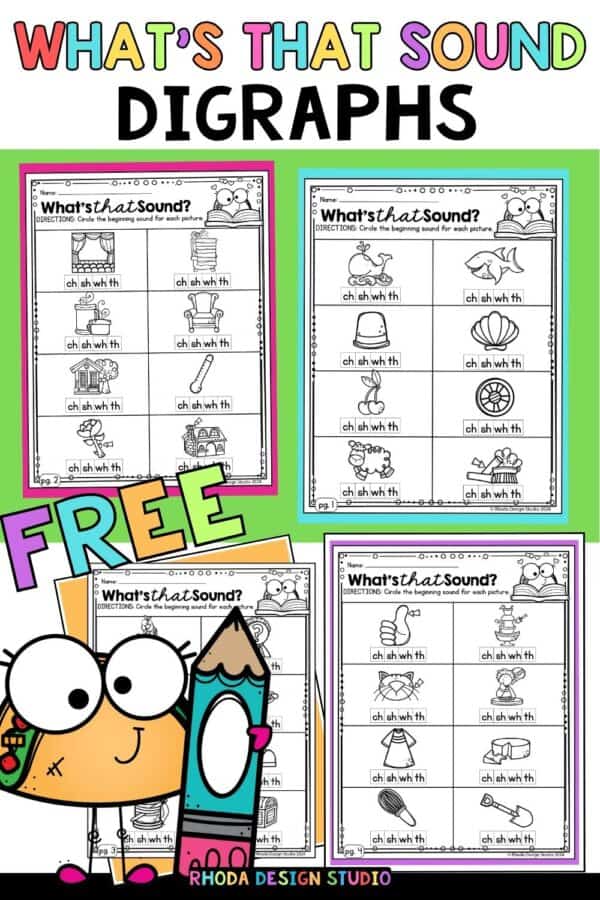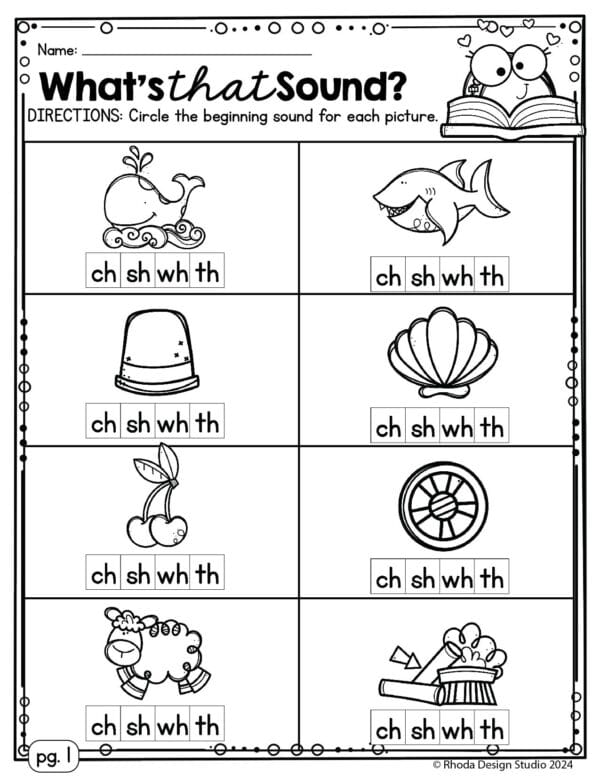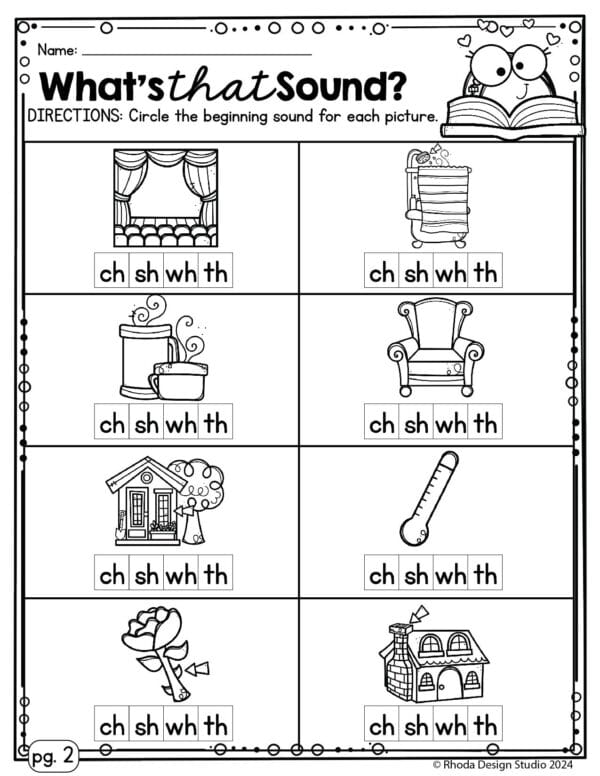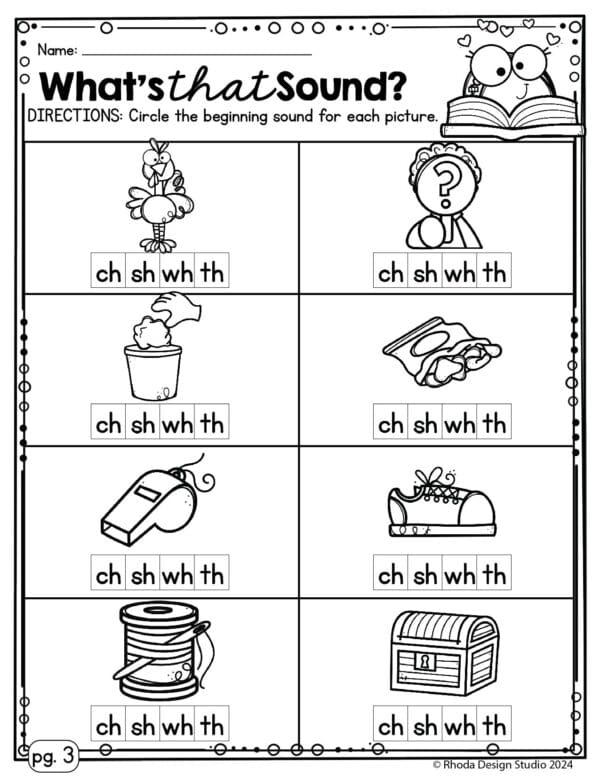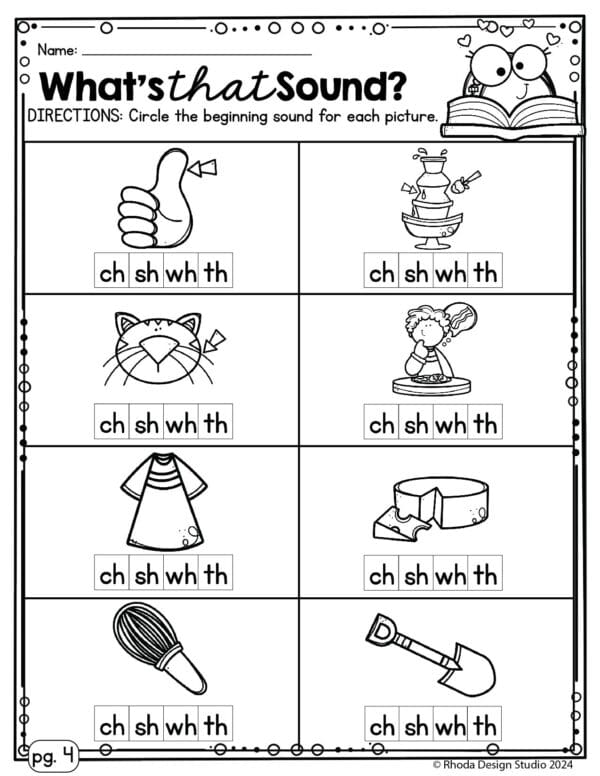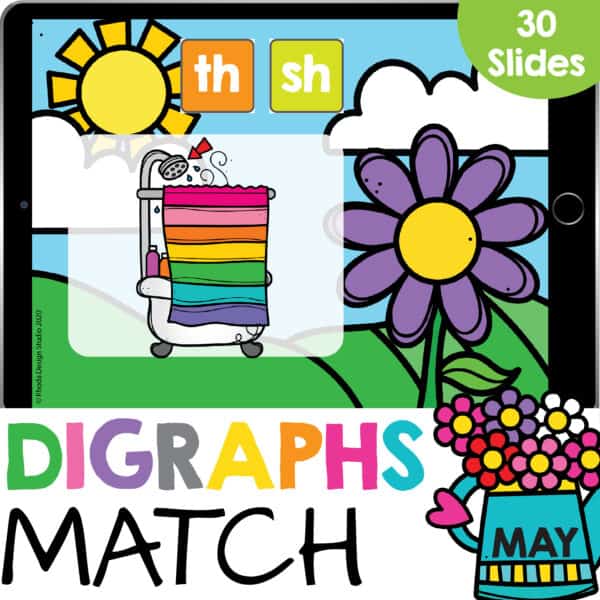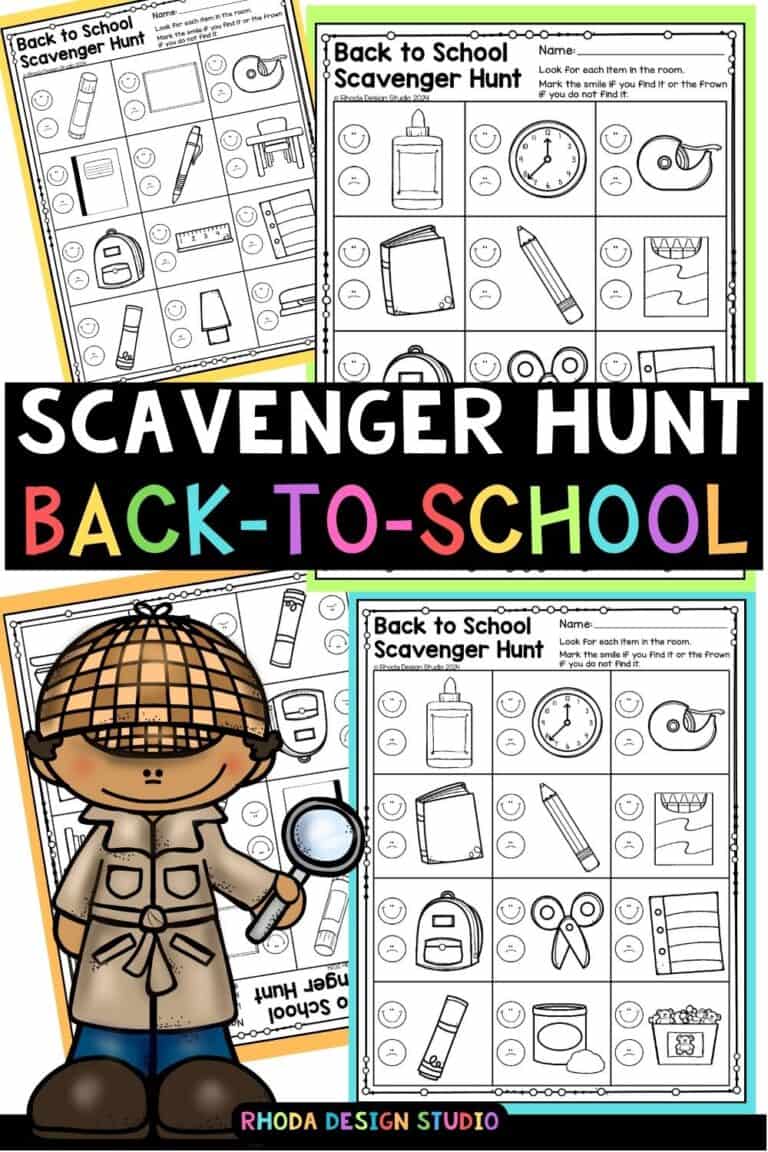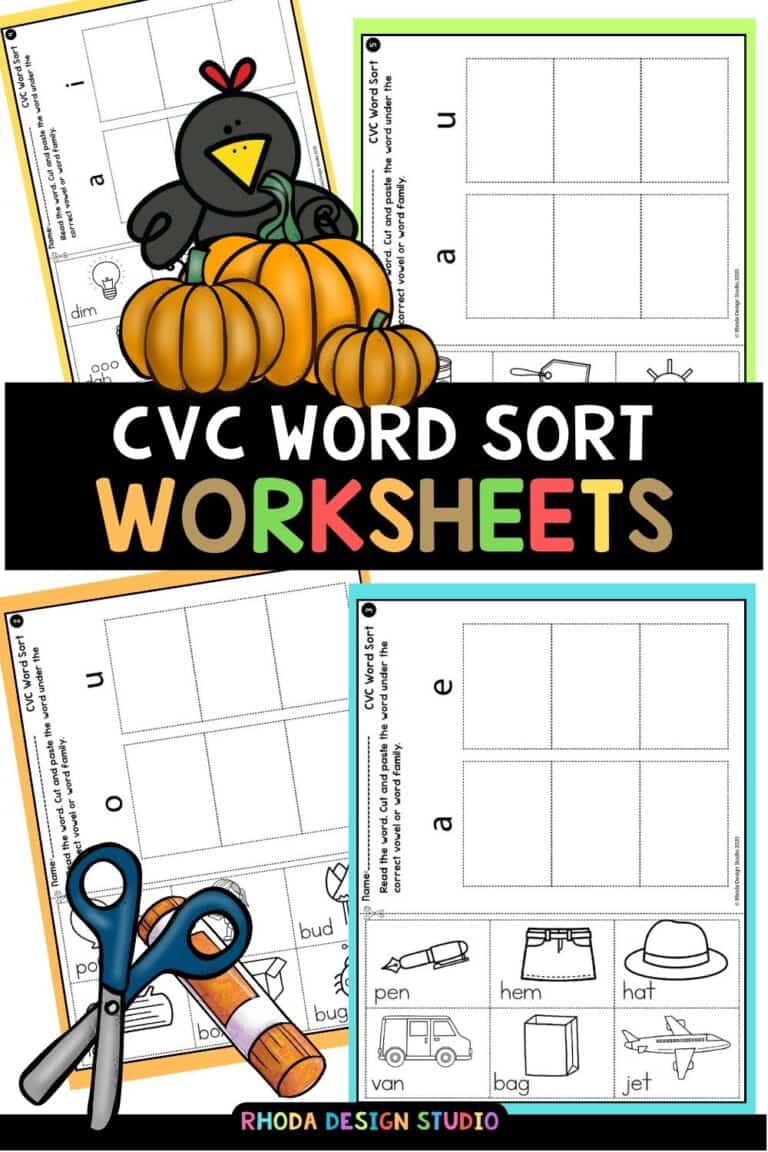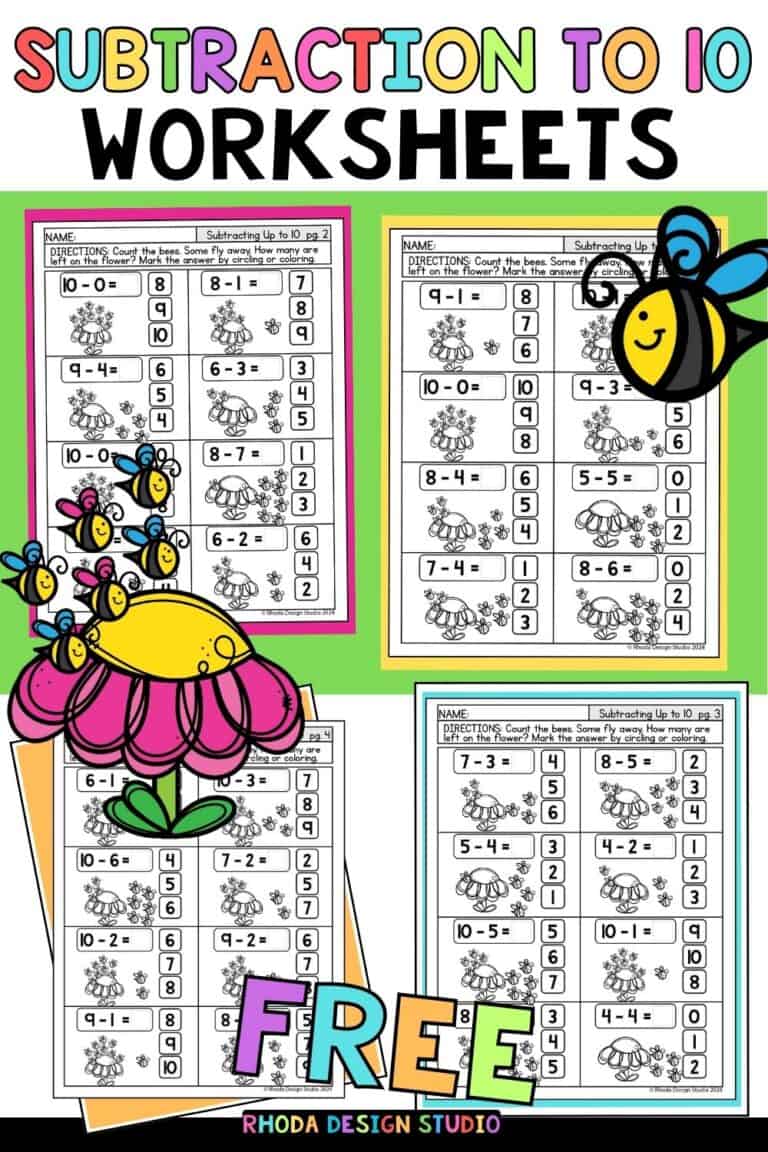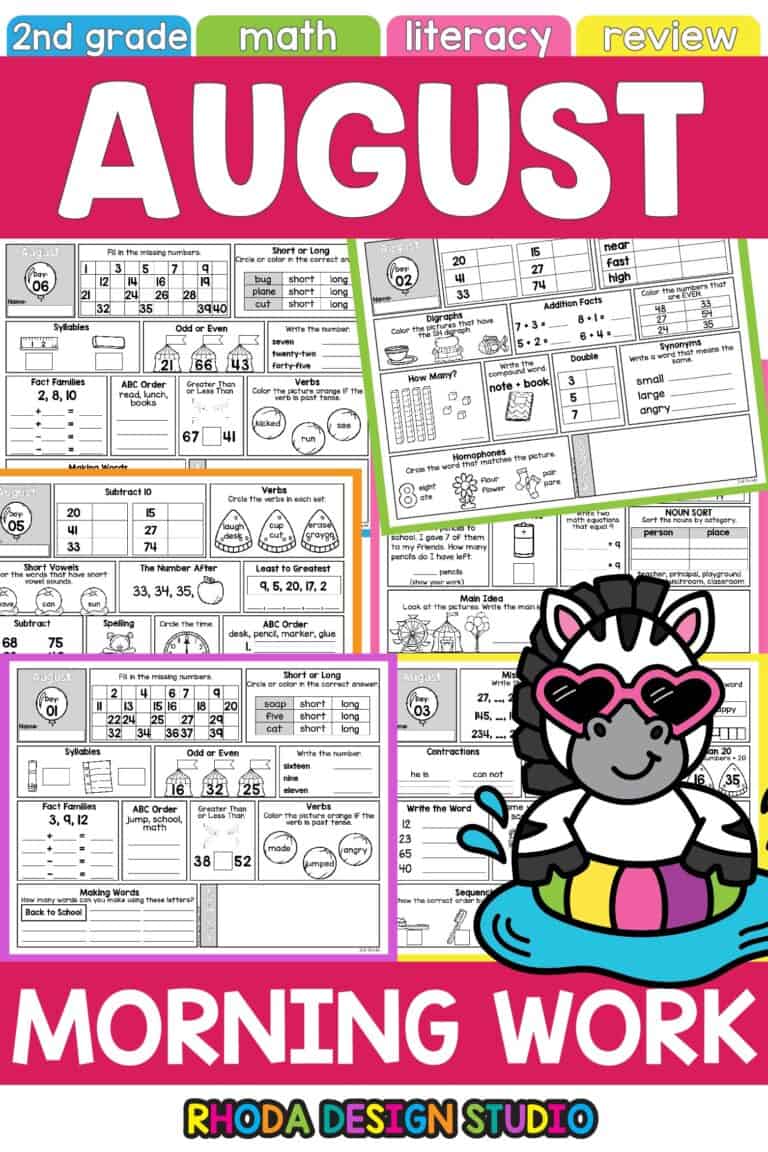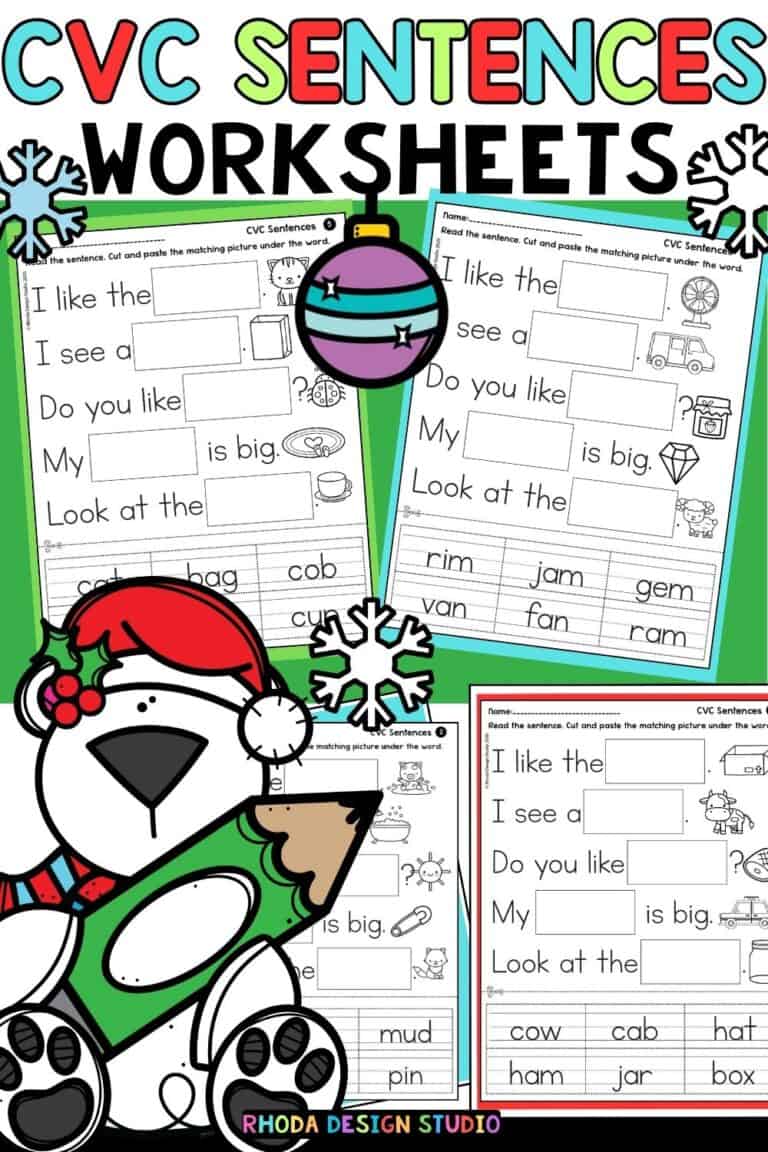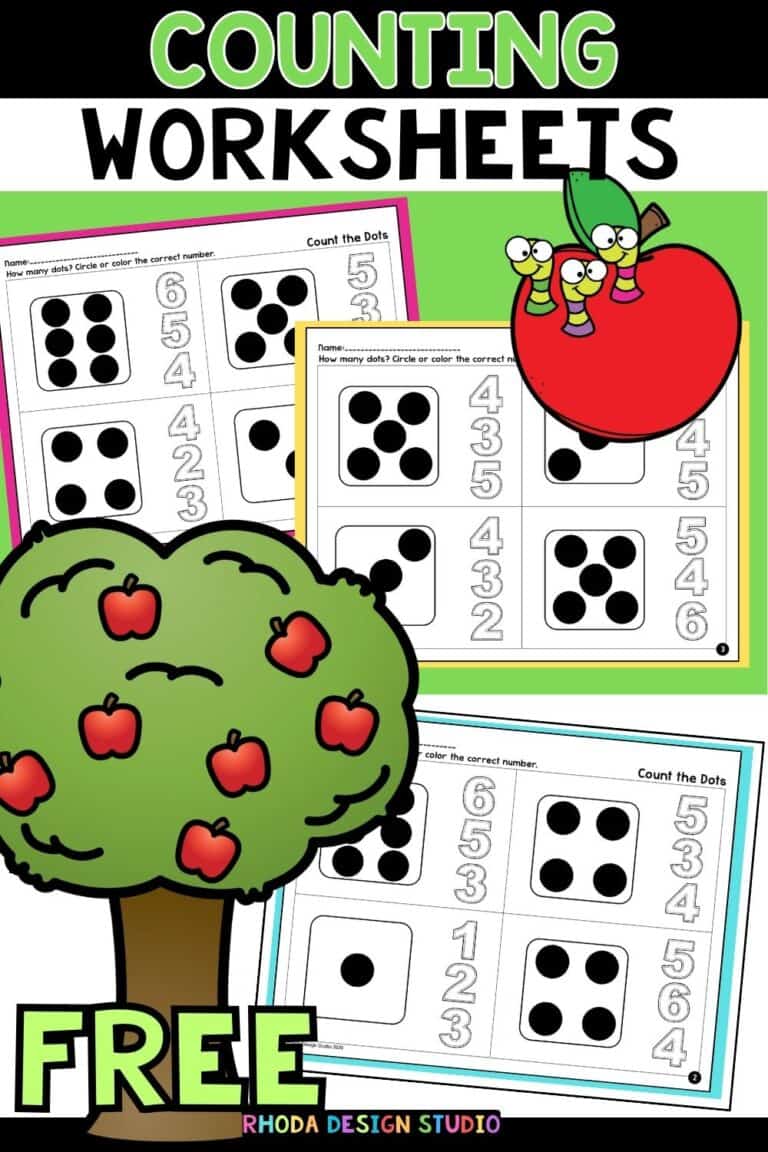What are Consonant Digraphs? Free What’s That Sound Worksheets
Knowing about consonant digraphs and beginning sounds helps us read and spell words better. It’s an important skill for early readers to learn. These worksheets and reading literacy activities are great practice.
What Are Consonant Digraphs?
When you read words, you see letters that make up those words. Sometimes, two letters join together to make a special sound. This special sound is called a “consonant digraph.” It’s like when “s” and “h” come together to make the “sh” sound, or when “t” and “h” make the “th” sound.
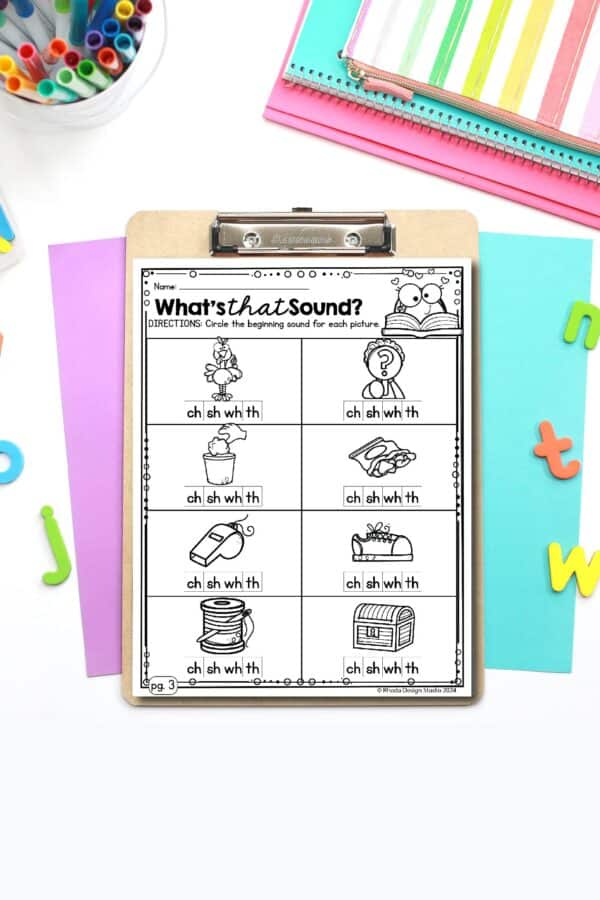
Why Are Consonant Digraphs Important?
Learning about consonant digraphs is super important for reading success. When you know about digraphs, it helps you understand words better. You can read and spell words more easily because you know how these special sounds work. So, learning about consonant digraphs is a big step toward becoming a great reader!
What’s That Sound? Worksheets
Just print them out, grab some crayons, and get ready for some reading fun!
Reading Skills with Beginning Consonant Digraphs:
- sound recognition
- digraph recognition
- spelling
- phonics
Common Core State Standards Covered
RF.K.3d Distinguish between similarly spelled words by identifying the sounds of the letters that differ.
RF.K.3a Demonstrate basic knowledge of one-to-one letter-sound correspondences by producing the primary sound or many of the most frequent sounds for each consonant.
RF.2.3 Know and apply grade-level phonics and word analysis skills in decoding words.
RF.1.3a Know the spelling-sound correspondences for common consonant digraphs.
Digital Practice for Engaging Lessons
Digital practice with Google Apps can be assigned through Google Classroom, SeeSaw, or other online learning platforms.
You can find all the CVC practice worksheets and lessons in the shop here.
Want this resource as a BOOM deck, you can get it here.
Best Practices for Teaching Digraphs
When introducing digraphs to students, understanding their placement and sound within words is crucial. Here are key considerations to enhance clarity during instruction:
- The ‘wh’ digraph is exclusive to the beginnings of words or syllables.
- The ‘ck’ digraph is found only after a short vowel and at the end of words or syllables, effectively “cuddling up” to the preceding short vowel. Use manipulative letter or sound cards to demonstrate this relationship to students.
- Less frequently encountered is the ‘ph’ digraph. Though not emphasized for spelling proficiency in single syllables, it’s important that students recognize ‘ph’ when reading.
- Distinguishing the ‘sh’ and ‘ch’ digraphs can pose a challenge. While ‘sh’ is a prolonged sound, ‘ch’ is a quick burst. Incorporate a multisensory approach, like having students feel the airflow with their palms in front of their mouths to identify the distinction.
- Finally, the ‘th’ digraph has two variants: voiced and unvoiced, which is vital for students to learn.
By considering these points, teachers can effectively clarify the intricacies of digraphs for their students.
Benefits of Learning Phonics for Early Literacy
Phonics plays a pivotal role in early literacy, acting as the foundation for reading success. Through phonics, young learners gain the tools to decode words, enabling them to read fluently and with comprehension.
The emphasis on consonant digraphs is particularly beneficial as it introduces students to complex sounds made by letter combinations, thereby enriching their phonetic understanding and spelling skills.
Understanding digraphs allows students to tackle unfamiliar words with confidence, fostering an early love for reading and a curiosity for language exploration. By mastering these sound patterns, children build a solid literacy foundation that supports their ongoing educational journey.
